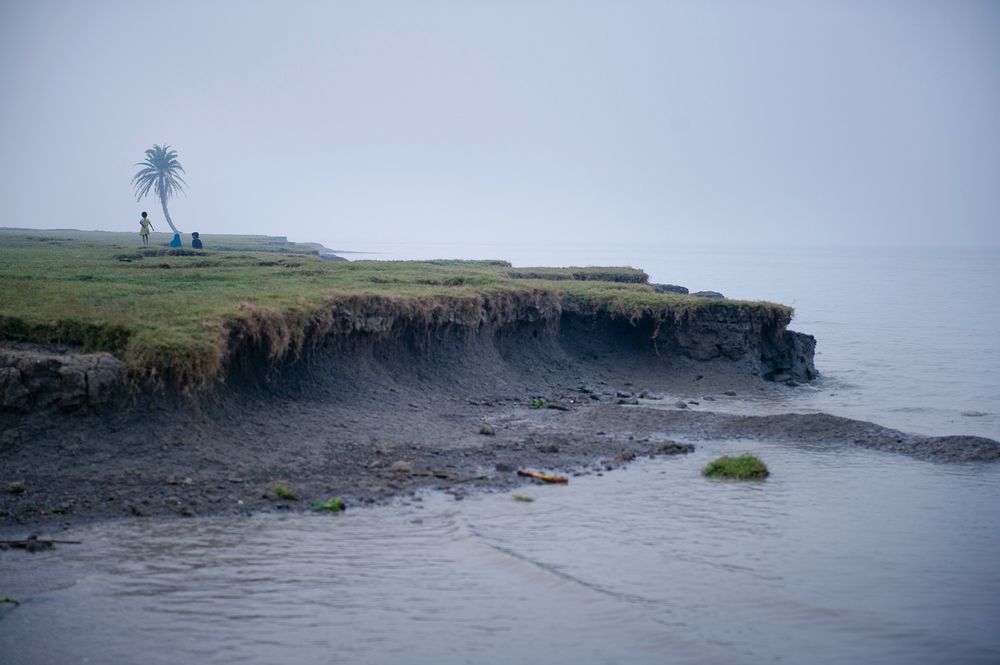Insights
Written by Munem Shahriyar
Global warming is a major issue in the current world. Because of it, the sea level rises every year. In the Bay of Bengal, the very same case is going on. The sea level rises approximately 8 mm yearly in the Bangladeshi coastal areas in the Bay of Bengal. Because of the sea level rising the islands and coastal areas of Bangladesh and India will be underwater gradually. The islands have already started to vanish.
Lohachara, an island of India located in the Hooghly river and a part of the Sundarban delta, was vanished in December 2006.[1] Besides, South Talpotti, another island in the Bay of Bengal was also disappeared in March 2010.[4] Kutubdia, an island of Bangladesh has already halved in size in 20 years to about 100 square kilometers. Since 1991, 6 villages of Kutubdia have been swamped. About 40,000 people of Kutubdia have already fled away. If the current rate of erosion continues, the whole Kutubdia island will be underwater within 30 years.
Sandwip, Another island of Bangladesh covered 600 square kilometers 50 years ago. It is now about 60 square kilometers. Over the last 20 years, its area has been halved.[1] In Hatiya, another island of Bangladesh, sea-level rise is observed at 5.73 millimeters per year. 1/3 of the Manpura island in Bhola, Bangladesh went underwater in the last 20 to 25 years.[2] Sagar island, India is expected to lose at least 15% of its area where nearly 212,000 people used to live.

Bangladesh government says nearly 70,000 people live in the 12 islands of Bangladesh. If the sea level rises 1 meter, 20% of the whole country will be submerged. At the same time, 30 million people will be climate change refugees. In Bangladesh, 1,000,000 of the 5 million people living in the coastal area will become homeless by 2050.[1] Bangladesh Water Development Board says in a report that 14 kilometers of embankments of the islands went underwater in the last couple of years.
A 2016 BRAC report says that two-thirds of the people of Bangladesh are living less than 5 meters above sea level. So as we can see, sea-level rise not only vanishes islands in the Bay of Bengal but also affects the coastal area of Bangladesh and India. International Food Policy Research Institution (IFPRI) says in a report that sea-level rise will push nearly 140,000 coastal people to migrate within their districts while about 60,000 people will migrate to other districts. So it’s high time to save not only the islands and coastal areas but also the environment.[2]
References
- Parvin, G. A., & Shaw, R., & Takahashi. F. (2008, November). Coastal hazards and community-coping methods in Bangladesh.
- Vidal, J. (2013, 29 January). Sea change: The Bay of Bengal’s vanishing islands. The Guardian. https://www.theguardian.com/global-development/2013/jan/29/sea-change-bay-bengal-vanishing-islands
3. UNDP.(2019, 22 February). Sea level rise hits Bangladesh islanders hard.
4. W, Matt. (2010, 25 March). Rising sea level settles border dispute. The Sydney Morning Herald. https://www.smh.com.au/environment/climate-change/rising-sea-level-settles-border-dispute-20100324-qwum.html

